For more than three centuries, Topinambur grows and cultivated in almost all regions of our country. Reviews of gardeners and recommendations of nutritionists indicate a tremendous benefit for health and, at the same time, amazing unpretentiousness, this long-term culture.
Earthwood pear, as elsewhere called Topinamburban, rigorous and yields, coming up in any terrain and does not need special care.
How to grow a Topinambourist on his site? What to do so that the cultural plant does not turn into a weed grass? How and when to collect tubers of the Topinambur?
About everything in order ...
Content
Topinambur, Plate Features
Topinamburban plant is called differently: an earthen pear, a bulb, a drum, a tuberous sunflower, a sun root, Jerusalem artichoke. All this is the same type of perennial tuber plants from the genus sunflower.
- North America is considered to be the homeland of earthen pear, and the name has received his culture from the Tupinambian Indian tribe, where for the first time began to grow and use this valuable root root. In the wildlife of America, an earthling pear occurs everywhere: on the fields, along the roads or on wasteland.
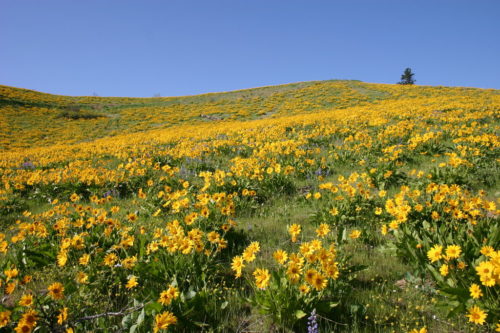
- Topinambur was delivered to Russia only in the 18th century, and since the 19th century, unpretentious culture was quickly spread throughout the country, including in its middle lane. It is not afraid of many years of even the districts of risky agriculture. The frost-resistant garden plant feels comfortable in any climatic conditions and easily winter in the soil without additional shelters.
- The only drawback of the plant is inability to long-term winter storage of root. Small blurring damage entails a quick damage and loss of crop.
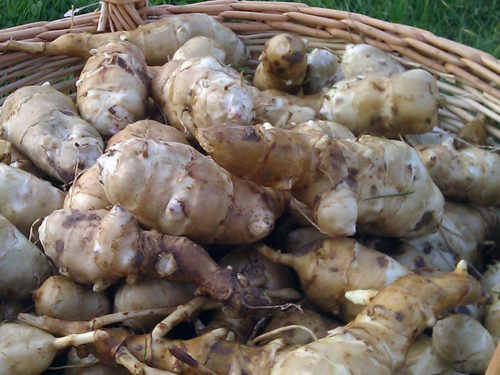
- Despite the mass of useful properties, Topinambur in many European countries, in Japan and Australia, is considered a conventional weed. This is due to the unpretentiousness of the plant, the rapid propagation and adaptability to various gravity conditions.
Topinambur, morphological signs
Successful cultivation and extraordinary popularity of the Topinambur is associated with the absolute unpretentiousness of the plant, record endurance to unfavorable conditions and obtaining high yields of nutritious and useful root crops.
What does Topinambur look like?
Outwardly, the perennial resembles a high thinned sunflower with miniature sunny chaps of inflorescences.
- Roots in perennial deep and strong, allowing you to keep thickened, durable and, often, high stems. Underground root collines (shoots) form up to 30 edible thickening - tubers resembling ginger roots. It can be rounded, pear or cylindrical, and weigh from 10 to 150 grams. Tubers are covered with delicate skin of different shades: red, white, yellow, brown and even purple. Flavoring qualities with juicy and soft pulp tubers resemble the taste of turnips or cabbage knife. Ask tubers in the second half of autumn, after which they are fully prepared for eating.
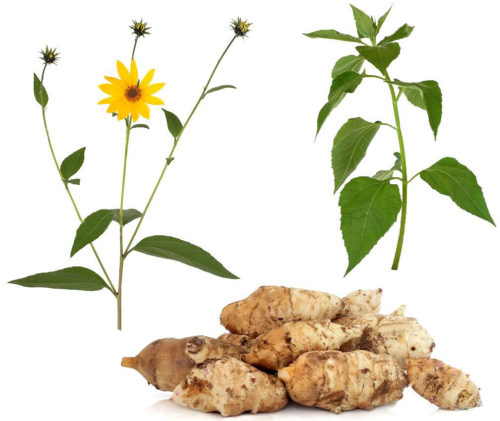
- A reprehensive, diluted perennial stalk grows in a height of 40 cm 4 m. Closer to the top, the stem begins to branch.
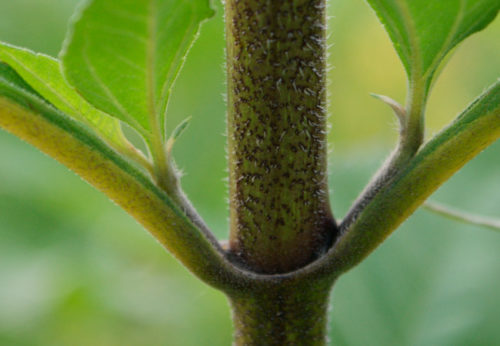
- The cherry rigid and rough leaves of the Topinambur are distinguished depending on the growth area: the elongated-lanceal, the next, at the bottom grow round-egg-shaped, opposite.
- The above-ground green mass of the earthen pear at the end of the growing season completely dies, only ripe tubers remain in the ground.
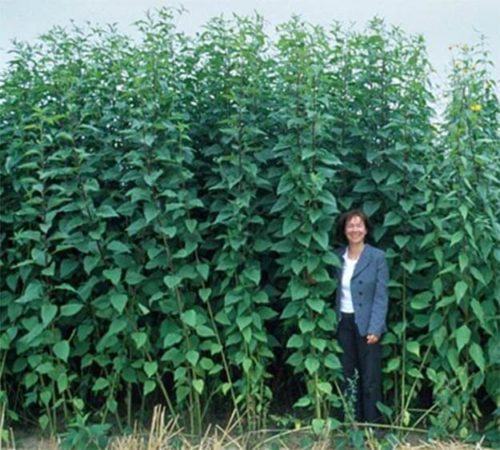
How flowers Topinambur?
- Topinambur flowers are collected in the inflorescence of a basket, the diameter of which varies from 2 to 10 cm. Golden yellow inflorescences resemble small sunflowers. Flowers an earthen pear from August to October, depending on the conditions of the region.
- The fruit seed ripens by autumn. Topinambur breeds seeds or tubers.
Topinambur, useful properties
- For a person, only tubers of earthwood pears used as a nutrient product, animal feed and as a drug, represent a special value. The green mass (stem and leaves) of the Topinambur is processed and used in animal husbandry.
- Topinambur is often compared with potatoes. And no wonder, because the biochemical composition of tubers is very similar. The nutritional properties of the earthen pear are at times superior to many vegetables. The tuber includes protein, mineral salts, inulin, fructose, trace elements and vitamins. Perennial grass tubers are used in cheese and recycled form. They are boosted, stew, fry and even cans.
- Thanks to the content of such a substance in the tubers as Inulin (natural analogue of insulin), an earthing pear is shown to use people suffering from diabetes mellitus. Topinamburban immediately after cleaning, since over time, the part contained in the tubers is converted into fructose. Then the earthwood pear acquires a characteristic sweet taste.
- Vegetable culture is also used in the treatment of urolithiasis, anemia, gout, sediments of salts and diseases of the intestinal and gastric tract. The unique healing composition of tubers allows to reduce blood pressure, contributes to the removal of toxins and cholesterol from the body, increases the level of hemoglobin in the blood, stimulates the work of the immune system and protects against viral infections.
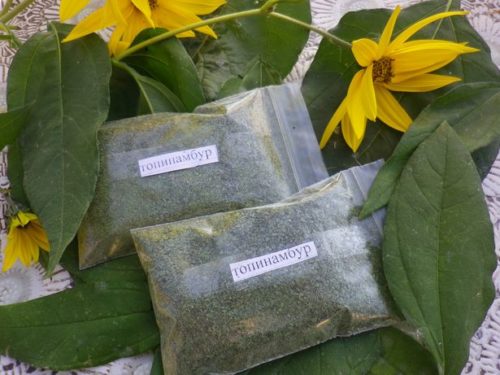
- Industrial use of culture is reduced to the processing of tubers on the peopinambura powder, the manufacture of inulin and fructose. In the US, they make diet coffee.
- Being a Late Blowing Culture, Topinambar attracts bees and contributes to the medical unit.
- Some varieties of tuberous sunflower are used as a decorative culture, to create a living hedge, a green barrier, incl. To protect landings from strong winds or drafts.
- Scientific studies have also confirmed the fact that the planting of artichoke on the poor and meager soils contribute to their enrichment and improvement of the level of fertility.
- Juices from artichoke and masks used in cosmetology for removal of skin irritations, wrinkles, sagging and reducing pore cleansing.
- Contraindications to the use of Jerusalem artichoke, virtually none. The only exception is the individual product intolerance and possible increased flatulence (in the use of raw tubers).

Jerusalem artichoke, species and varieties
There are more than 300 tons of varieties and hybrids of many years of artichoke. Grades vary in size tubers terms of aging, the volume of green matter, decorative.
Known unusual hybrid "Topinsolnechnik", obtained by crossing a sunflower artichoke.
Consider the most popular varieties of Jerusalem artichoke:
- Grade "Interest"
Late-maturing high yielding variety, with strong strong stems and white smooth tubers. Eyes on the tuber surface, not depth. The vegetation period is around 190 days, the harvest is in November month. It characterized by intensive growth, drought resistance and winter hardiness. Used for commercial cultivation.
- Grade "Leningrad"
Variety has a bushy shape and white elongated tubers of medium size. Harvest, late-ripening culture. Tubers are different keeping quality long winter in the ground.
- Grade "Skorospelka"
Early maturing variety with a compact hardy root system and tubers white round shape. Tubers ripen early, in September, that allows to cultivate the variety in the conditions of an average country lanes. The variety is not picky about the lighting that is used for commercial cultivation.
- Grade «Volzhsky 2»
Tall variety with a compact root system and pear-shaped tubers white-purple color. It features enhanced drought-resistant and hardy qualities.
- Grade "Pasko"
Bushy high yielding variety with late ripening. Tall shrub has slabovetvyaschiesya shoots and white, rounded, large tubers.
- Grade "Sunny"
High-yielding variety with unpretentious late ripening. White tubers different elongated shape and medium in size. The variety is characterized by moderate tillering and large foliage.
- Grade "Nakhodka"
Yielding varieties, late-maturing, with a slightly branched stems. The root system is compact, white tubers have a pear-shaped and pink streaks. The variety is recommended for cultivation in the southern regions.
In addition to the varieties described, such varieties are popular as: "Kiev White", "White", "Red", "Patat", "Spot-shaped", "Maykopsky", "Omsk White", "Vadim" and "North Caucasian".
Features of cultivation of Topinambura
- In one place, without damage to the soil, the Topinambur can be grown up to 40 years.
- Similar to potatoes, an earthwood pear is planted with tubers.
- Topinamburba - frost-resistant culture, easily transfers freezing to -5 0S. Tubernie is painless winter in the soil until - 40 0WITH.
- In the warm regions, the plant recommend landing in autumn, in cold (northern) - in spring.
- Best predecessor plants for earthwood pear will be cabbage, potatoes or cucumbers. The main thing is not to plant the Topinambourism after sunflower, as they have a common disease (sclerotinia), which increases the risk of cultural infection.
- On average, from one bush plants can be collected up to 2 buckets of tubers.
- The best crops are obtained in the first few years of planting tubers. After 4-5 years, the yield begins to decline, and the tubers are fine. In this case, you can change the place, make fertilizers or update the planting material.
- Unpretentious culture, Topinambur, practically does not require care, easily carries out and grows on any terrain.
- In order for the cultural plant, Topinambur, did not turn into a brandy weed, you need to qualitatively assemble all the tubers during the cleaning period.
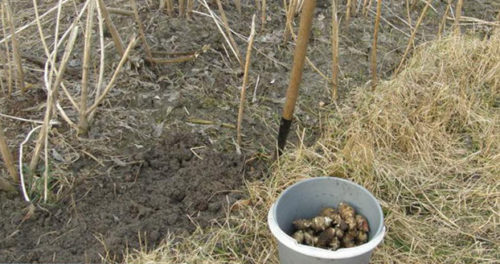
Topinambura landing
Topinambur is grown mainly in the open ground, although planting plants and containers are also practiced.
When to plant Topinambur?
Looking for a Topinambourist on a garden in spring or autumn, depending on the climatic conditions of the region.
- Landing under the winter is made late in autumn, 2-3 weeks before the onset of frosts. At this time, for better rooting, it is recommended to plant whole full-fledged tubers. In addition, if you cut the tubers to pieces, in the winter they, as a rule, are revealed and no longer sprout.
- Spring landing is carried out in the period when the soil warmed up to a temperature of 16-18 0C. As a rule, this period falls on the second half of April - the beginning of May. Separate parts of one tuber will be suitable as the planting material. The main condition for cutting the tuber is the presence of a well-developed eye on each part. The location of the cut can be sprinkled with chopped coal. Smalled fragments are not stored for a long time due to fast posting.
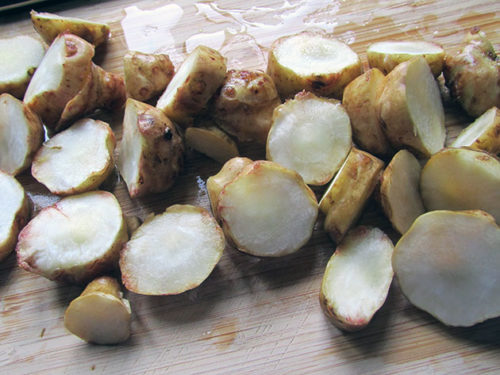
How to plant Topinambur?
The agrotechnology of Topinambur landing does not require special efforts and is largely similar to the technique of planting an adjacent culture - potatoes.
Before planting tubers in open ground, you need to decide on the landing site and prepare, properly, soil.
Place for landing
- Given the possible height (up to 4th) and the close of the plant, it is important to choose the place that Topinambur does not shake other cultivated plants. The optimal version of rational landings is around the perimeter of the area (garden) or along the fence to additionally use the culture as a natural barrier.
- The light-headed tuberous sunflower is favorably responded to a well-lit place, although it can be easily growing in a half.
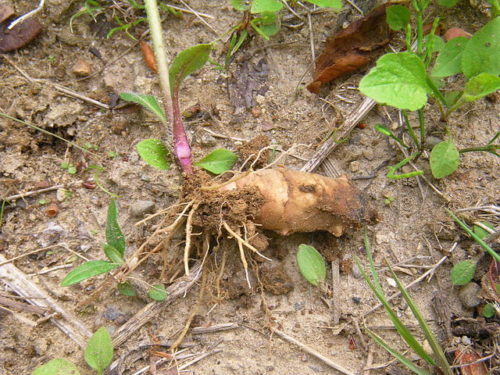
- Unpretentious Topinambar grows almost on any soils. The exception will be too heavy, not aerated, stagnant primer or salt marsh. Preferences The perennial gives it easy, nutritious, with a slightly alkaline or neutral medium reaction, soils. The perfect option for planting an earthwood pear is loose, fertile sampling and loamy soil.
- The overwhelmed areas or beds with a constant moisture stagnation also do not fit: tubers in such conditions quickly rotate, and the plant will move.
- Place for planting cultures are prepared in advance: the site is dripped and the organic (compost, bone flour, manure, humus) is added. If a spring landing is planned, the plot is prepared in the fall (in the spring it will only be left to break the large wrenches of the earth and to dissolve the surface), with autumn planning - 3 weeks before landing.
Agrotechnology landing
- Directly when landing, the soil can enrich mineral, phosphorus-potash, fertilizers. The plant is well referred to on such phosphorus-containing feeders, like chicken litter, bone flour or flour from fish bones. Excellent results gives an introduction to the planting of a mixture of superphosphate, a potassium salt, and in the spring - also ammonia nitrate.
- Before boarding, healthy small tubers (chicken egg size) are selected, which are planted in wells or trenches, a depth of 10-15 cm (in autumn 2-3 cm deeper). The interval between plants is observed about 40-50 cm, in a heater - 60-70 cm.
- For better rooting and disinfection, tubers before planting it is recommended to soak in a zircon solution. If such a procedure is not carried out, you can simply soak the tubers in water for 6-8 hours. Such a reception will make it soften the dry cork layer of tubers and stimulate the short formation.
- After planting, the tubers fall asleep the earth, forming a low soil ridge over the landing trench.
- As a rule, the first shoots appear in 2-4 weeks after landing. Underground kidneys start germinate at 5-6 0C, but the above-ground part of the plant initially grows very slowly, activating its growth only by June-July month.

Topinamburg care
Stilly plant, Topinambar needs minimal care and attention. At the same time, than all the agricultural measures for the care of the perennial are produced, the better will be the harvest of vegetable culture.
- Watering
The plant copes well with a temporary drought, and only with long periods of absence of natural precipitation needs irrigation. The average irrigation rate per plant is approximately 10-15 liters of water.
- Loosening and dying
While the shootouts of the Topinambur did not have grown and did not grow up, it is important to delete weary grass in a timely manner and loosen the soil, focusing on the left soil comb (so as not to injure the tubers). With thick shoots, seedlings can be broken. Thickened landings suppress each other, which adversely affects culture performance. Thundered, up to 30-40 cm, seedlings are plunged with garden compost or other mulching material of organic origin.
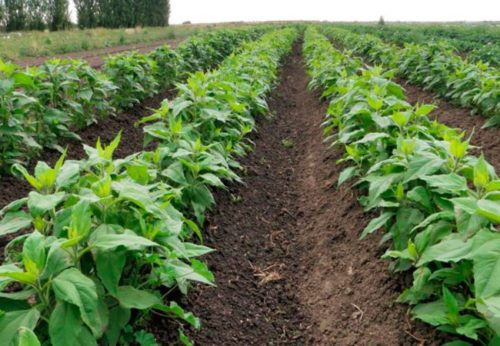
- Podchar
Timely fertilizer will be positively affected by cultural yields. In the spring, in the period of loosening, you can add nitrogen-potash fertilizers to the soil. In the summer, it is recommended to feed an organic character: a solution of seaweed or infusion of siturates.
- Trimming and gap
Topinambur grows rather rapidly and often needs a garter. When the landed plant reaches the mark of one meter - it is better to tie it up so that thin young stems are not broken from the wind. To tie each bush is too troublesome and not advisable. Experienced gardens are installed from two ends of a row of supports, stretched horizontally wire and seedlings are already tied up.
In approximately in July, trimming too stretched bushes, shortening shoots up to 1.5-2 meters. In addition, it is recommended to turn all inflorescences, directing the strength of the plant on the formation of underground tubers.
In the fall, the plant is cut to almost under the root, leaving 20-30 cm of shoots, and prepare for harvest.
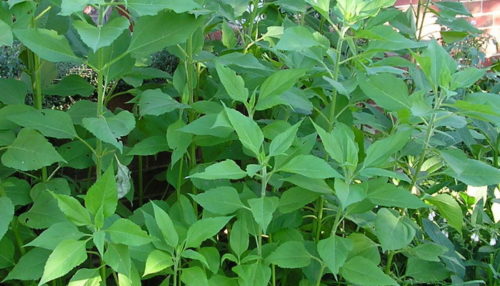
- Fighting pests and diseases
Topinambur is very resistant to diseases and pests, a plant.
Occasionally, landings of earthwood pear can harm bear, scoops, wires or slugs. So that the slugs do not have pulled the tubers and did not bother landings of perennial, in the area lay down the opposite drugs in special granules. For the removal of the bear, the scoop and the larvae of the May beetle, during the landing (under the stroke) to the ground close to foxime or diaspl.
Of the disease, it is possible to defeat with white rot, malical dew or alternariasis.
White rot (sclerotiniosis) is manifested by the formation on the stems of a mold plaque, which, subsequently, is reborn into internal growths. The development of the disease contributes to the temperature difference and high humidity. The plants affected by the disease are removed and destroyed.
Puffy dew has a kind of loose whites on the surface of the leaves, which, with time, darkens. Infected leaves dried and rolled. In the fight against the disease, fungicidal preparations (topaz, quadris, topxin, soon, etc.) are used.
Alternariasis is characterized by the appearance throughout the ground part of the peopinambur of brownish spots, which lead to the dying of living fabrics and drying. Effective measure with the disease will be the spraying of culture by fungicides.
- Cleaning and storage of harvest
To get a high-quality harvest, it is important on time (not before full aging) start digging tubers. The average dates of ripening tubers range from 120 to 180 days.
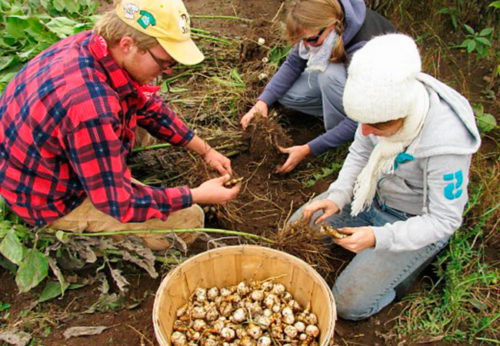
When to remove Topinambur?
The tubers can be assembled as late autumn and early spring. One of the main signs when it is time to dig a Topinambur, it is considered slightly freezing land. It applies both for the spring shifts of cleaning, otherwise the tubers will give a pig and turn into a weed.
As already mentioned earlier, the tubers are perfectly experiencing winter in the ground and withstand rather low temperatures.
Many gardeners, taking into account the Capriciousness of the Topinambur during storage, dig a part of the tubers in the fall, and the part is already in the spring. Spring harvest allows you to fully keep all the vitamins of an earthen pear.
Preparing the tubers for storage, they are neatly washed and dried, trying to injure as little as possible. Store the dried tubers in the cellar, in the box with sand. A small amount of Topinambur can be saved in a vegetable drawer of a refrigerator not more than 2 weeks. At the expiration of the marked period, the tubers become soft and lose their taste.
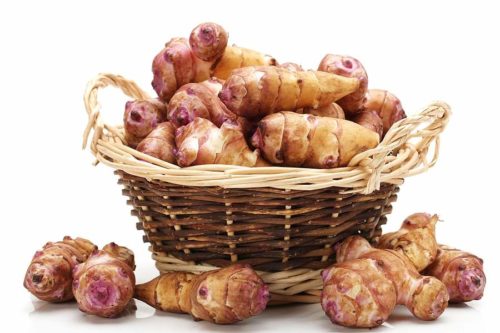
Topinambura reproduction
The main method of breeding the plant - tubers. Theoretically possible and seed method, but such a procedure will be much longer and troublesome. In addition, the collected Topinambur seeds in many regions (for example, in the middle lane of Russia) simply do not have time to ripe.
With a vegetative breeding method, both a whole tuber and its part with 2-3 kidneys of reproduction (eyes) are used. Tubers are easily driving and germinate.

Thus, Topinambur is a unique culture, which has a mass of beneficial properties and advantages. The yield, frost-resistant and hardy plant grows in almost any terrain and under any conditions. Unpretentious to care, resistant to diseases and pests, an earthing pear contains a mass of vitamins, biologically active substances and useful trace elements and compounds.
Perennial with tubers, as familiar to everyone, potatoes, but unlike his "relatives" can save tubers in the Earth all winter without risk to spoil or lose taste.

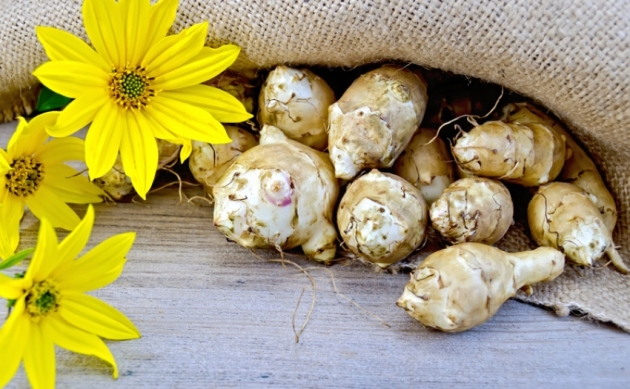
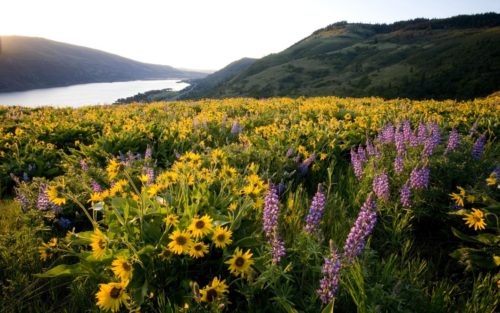
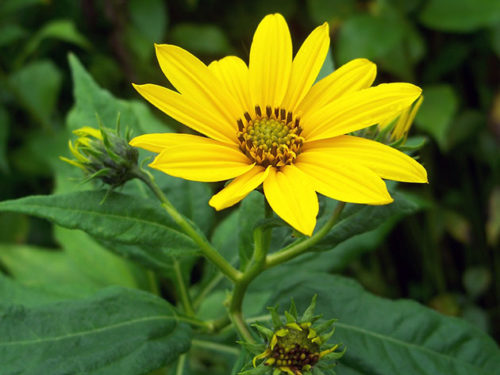
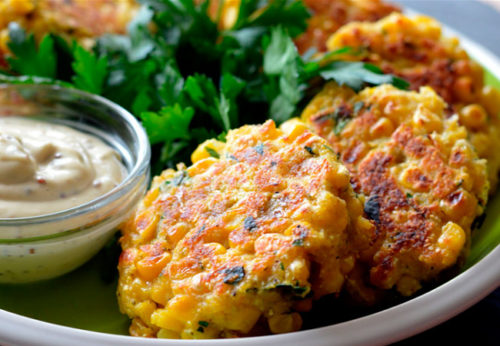
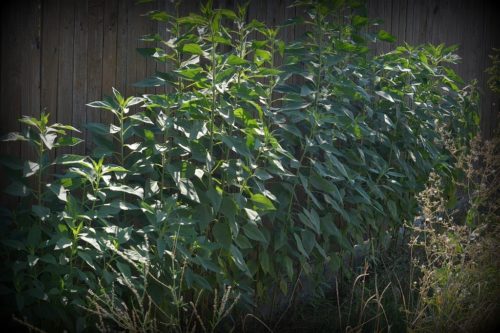

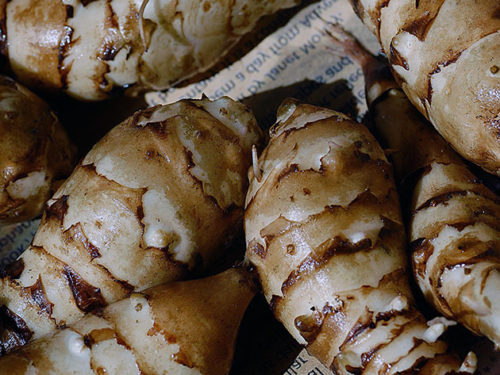
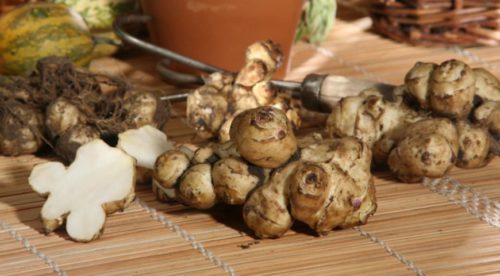
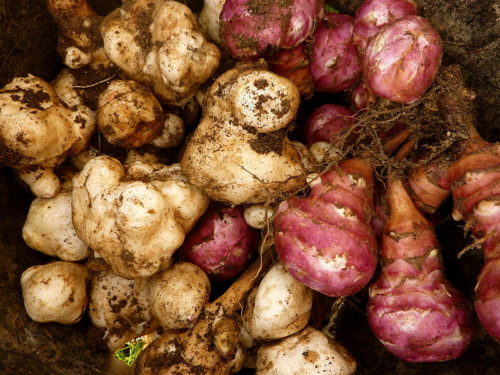
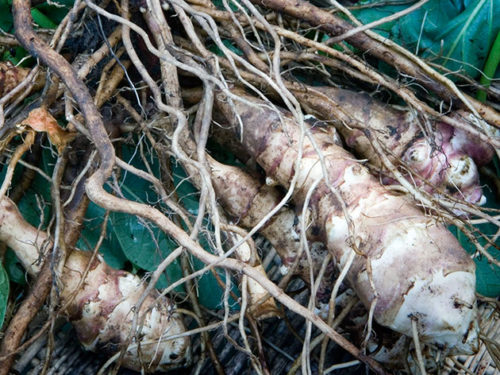

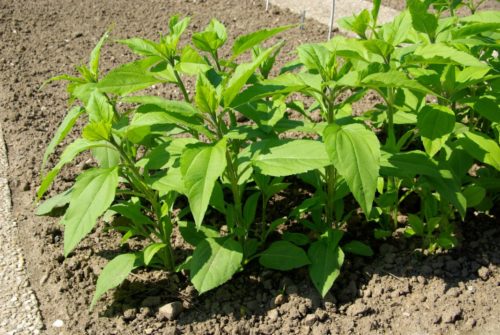
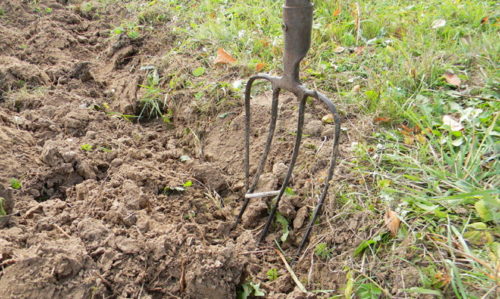

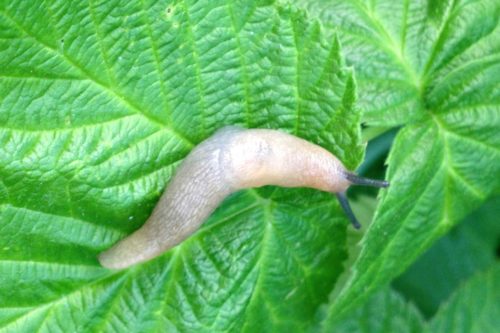
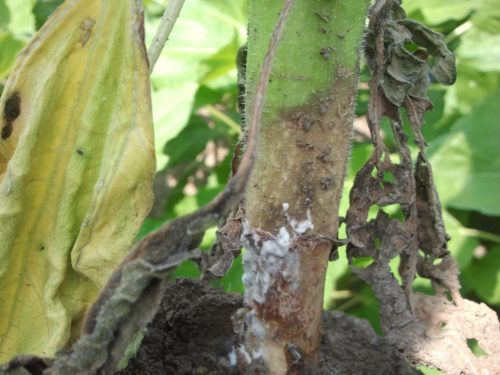
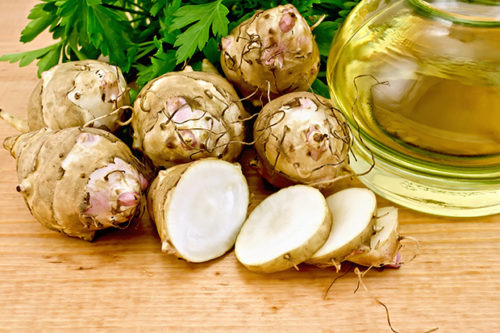

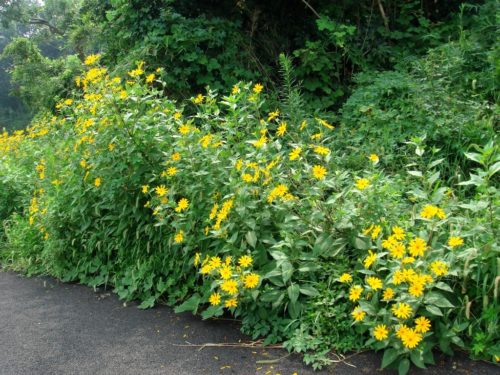
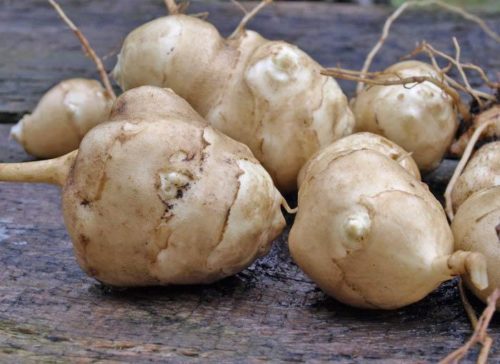












 Start a discussion ...
Start a discussion ...